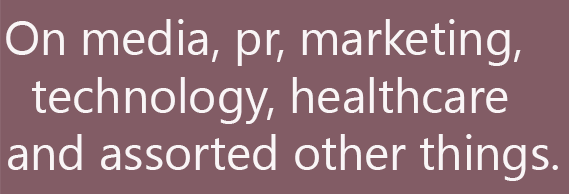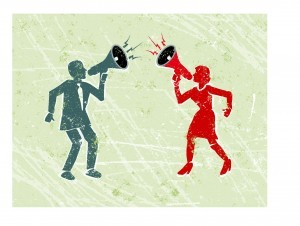Excerpt from our latest NSFW Column:
We know the reasons they (corporate wellness programs) fall short: rewards lead to temporary gains; people don’t have the time or incentive; and poor program design fails to get at foundational behaviors. The cool apps and trackers soon lose their novelty and appeal, and in the “can’t blame them” category, some chuck rather than be hounded by their numbers all day long. In light of all this, I have a modest suggestion: Companies would be wise to get out of the wellness business during business hours and move the focus to the weekend, a time when they have the least control, but wellness programs may actually do the most good.
Click here for more.










